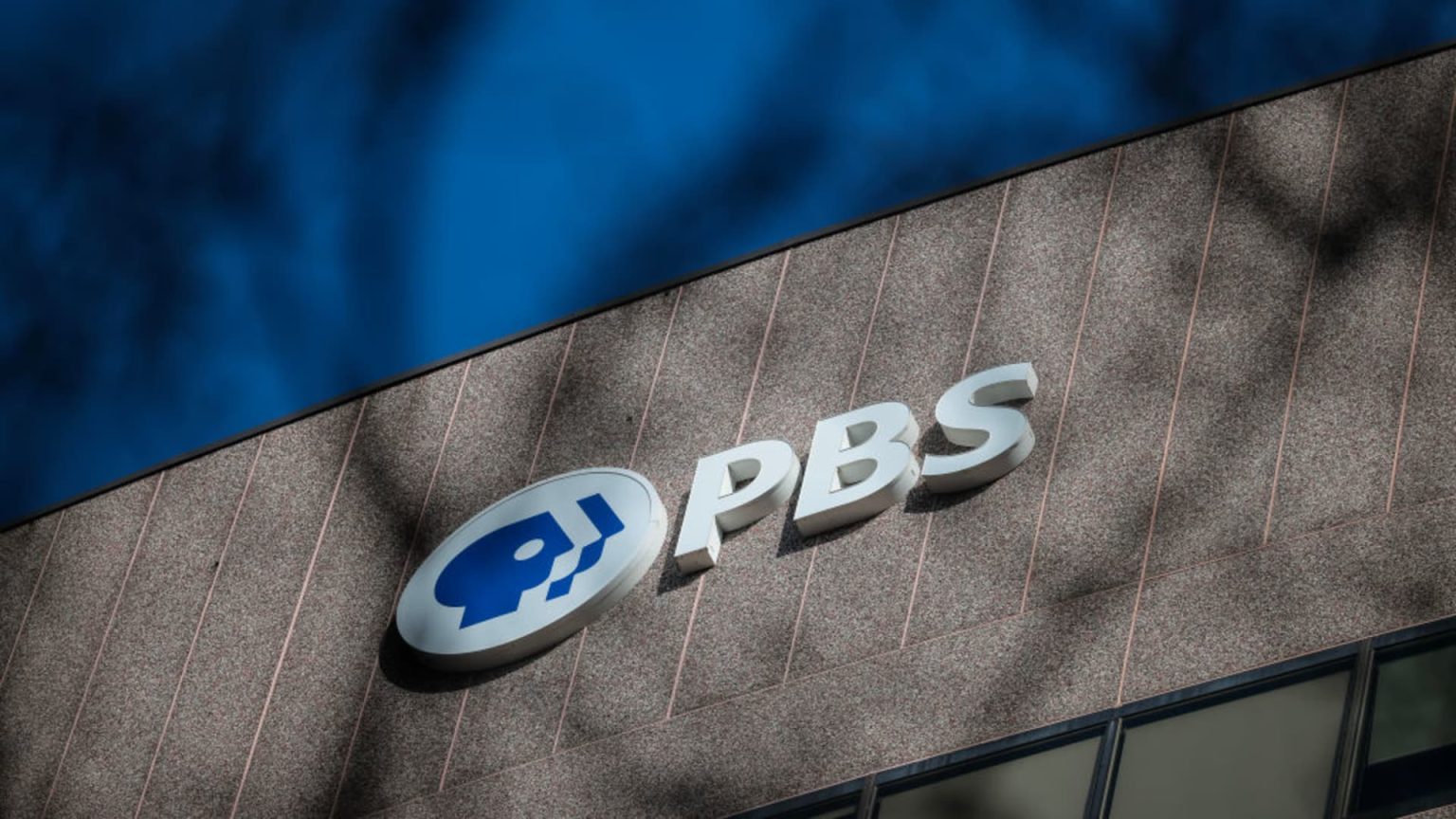In a significant development concerning public media funding, the CEOs of NPR and PBS have announced their intention to explore legal avenues to contest the Trump administration’s recent executive order. This order threatens to cut off federal funding to these news organizations, which could have detrimental effects on local journalism across the United States. NPR CEO Katherine Maher and PBS CEO Paula Kerger have expressed grave concerns, emphasizing the risks posed to community news access, especially in rural regions.
| Article Subheadings |
|---|
| 1) NPR and PBS Respond to Funding Cuts |
| 2) The Impact of Funding Loss on Local Journalism |
| 3) Federal Support for Educational Programming at Risk |
| 4) Community Concerns: A Closer Look |
| 5) Future Implications for Public Media |
NPR and PBS Respond to Funding Cuts
In the wake of President Trump’s executive order aimed at cutting federal funding to public news organizations, top officials from NPR and PBS are actively considering their options. During a recent appearance on “Face the Nation,” Katherine Maher, the CEO of NPR, remarked, “We’re looking at whatever options are available to us.” She indicated that while it is still early to determine specific strategies, they are taking the situation seriously. Paula Kerger, the CEO of PBS, echoed this sentiment, noting that they are prepared to push back against these efforts as they face unprecedented challenges.
The Impact of Funding Loss on Local Journalism
The potential cuts would severely impact local NPR stations, which serve as critical news sources in their communities. NPR’s network comprises 246 member organizations that operate newsrooms across every state. Maher highlighted that any funding reductions would disproportionately affect local stations and their audiences.
“The impact of this could really be devastating, particularly in rural communities,”
she stated, noting that approximately 20% of Americans currently lack access to local journalism. This decline in local news outlets threatens to create so-called “news deserts,” where residents are deprived of essential information and essential services.
Federal Support for Educational Programming at Risk
PBS receives about 15% of its funding from federal sources, with some smaller stations relying on public funds for up to 50% of their budgets. Paula Kerger explained that losing this funding would be existential for many of these organizations.:
“To them, it’s existential, and that’s what’s at risk if this funding goes away,”
she noted. This is particularly concerning as funding cuts could also impact educational programming produced by PBS, much of which relies on federal support, including popular shows like “Sesame Street” and “Mister Rogers’ Neighborhood.”
Community Concerns: A Closer Look
The repercussions of funding cuts extend beyond financial implications; they strike at the heart of community needs. Kerger pointed out that nearly half of the children in the U.S. are not enrolled in formal pre-K educational programs, highlighting the critical need for public television programming aimed at young audiences. These educational initiatives address significant gaps and assist preschool providers and parents alike. If funding is curtailed, it would severely hinder the development of new educational content.
“We work directly with preschool providers and parents, and this funds those activities,”
Kerger emphasized, illustrating the immediate significance of maintaining public funding for educational programming.
Future Implications for Public Media
The shifting landscape of public media funding poses long-term challenges for both NPR and PBS. The ramifications of the executive order extend beyond immediate funding cuts; they may alter public trust and viewership as well. Local news organizations rely heavily on their audiences for support and credibility, and a loss of federal backing could undermine their operations further. The ongoing discourse surrounding these funding cuts has sparked a call for advocacy and a reconsideration of how public media is supported in the current landscape.
| No. | Key Points |
|---|---|
| 1 | CEOs of NPR and PBS are considering legal actions against the Trump administration’s executive order impacting funding. |
| 2 | Funding cuts could adversely affect local journalism and access to news in rural communities. |
| 3 | PBS stations depend heavily on federal funds for operational viability, with some relying on these funds for up to 50% of their budgets. |
| 4 | Educational programming for children could suffer significant setbacks due to potential funding cuts. |
| 5 | The ongoing situation raises concerns about the future sustainability of public media and its role in democracy. |
Summary
The potential cuts to public media funding pose substantial risks not only to the viability of organizations like NPR and PBS but also to the quality of information available to the public. As community journalism faces threats of decline, the need for robust public media support becomes increasingly critical. The responses from NPR and PBS leadership indicate a resolve to confront these challenges, signaling a broader conversation about the future of public media in the United States.
Frequently Asked Questions
Question: What impact could the funding cuts have on local communities?
Funding cuts could drastically reduce access to local journalism, particularly in rural areas where such news outlets are essential for community information.
Question: How much of PBS’s funding comes from federal sources?
PBS receives about 15% of its funding from federal sources, which can be even higher for some local stations.
Question: Why is educational programming from PBS important?
Educational programming from PBS plays a critical role in providing early childhood education resources, which support children’s learning and development.


